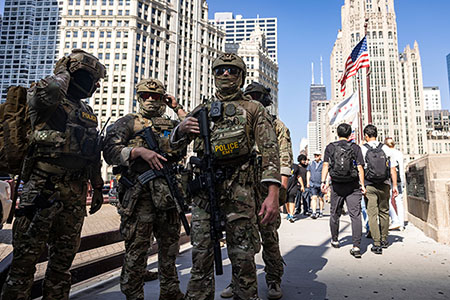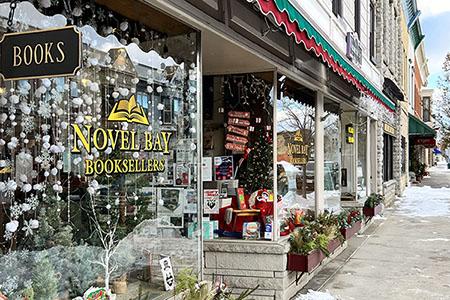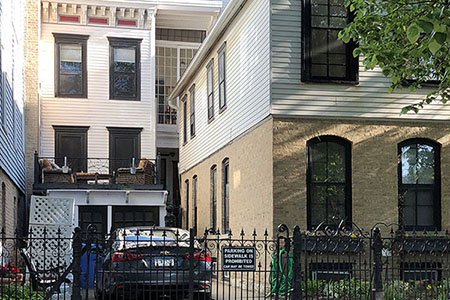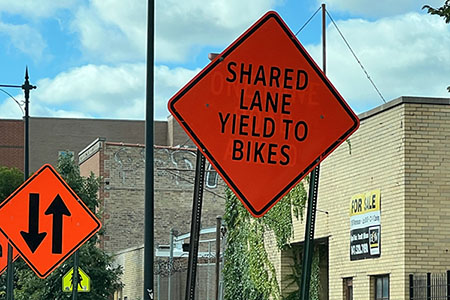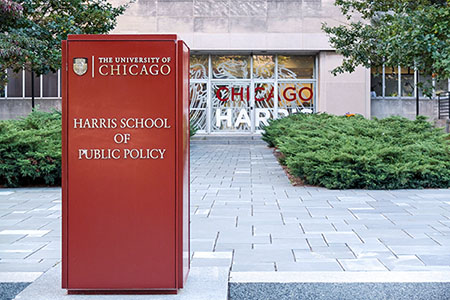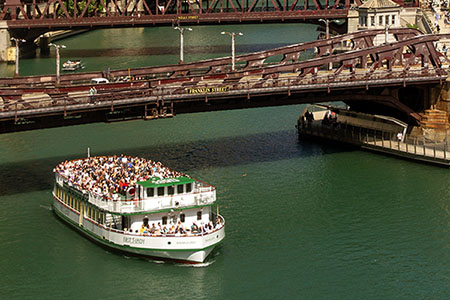
The evolution of 16-inch slow-pitch Chicago-style softball is filled with unique strategies, like the creative ‘shuffle’ technique and the famed ‘juiced ball.’
Jul. 28, 2025 – As the decades fly by, one fact is constant in the history of 16-inch slow-pitch Chicago-style softball: the game is more like playing chess than baseball. The biggest and best softball stars earn a master’s degree in the art of hitting this strange, oversized ball that comes out of a “Clincher” box as hard as a brick and then turns pillow soft by the 7th inning. To generate distance and power, some hitters have devised the “shuffle,” a three-step run-up style that looks like a Fred Astaire dance step. Others have learned the spinning “cut” or “dump” move – much like a pool shot – to befuddle the defense. In the 1960s at Clarendon Park, the top softball league on the North Side, the scores were so high that Park Supervisor George Morse developed the famed “juiced ball.” He injected the Clincher with water, milk, or heavy syrup. The idea was to add weight to restrict the flight of the ball and hold the scores down. By the end of a typical game, the ball had melted into an egg-shaped sphere.
“When strong hitting teams like Leister’s Bakery, Dugouts, Beatle’s Bombers, and Wolves came to Clarendon, a couple hundred home runs were tagged out each year,” recalled Eddie Whitman, a long-ball hitter at the park for more than two decades. “With the live ball, scores were usually around 26-19 and the games lasted 2.5 hours because of big innings and delays in retrieving homers out on Marine Drive.” Often, Morse was forced to keep the lights on at the park until 2:00 a.m. for the third game of the night, instead of closing Clarendon at 11:00 p.m. “In the mid-1960s, everybody gave up and started using 40-ounce Major League baseball bats. It was a matter of survival,” said Gil Muratori, a 16 Inch Softball Hall of Fame player. To overcome the weight of the heavy ball, the most innovative hitters augmented their war clubs by drilling a six-inch channel in the end of the bat and inserting a heavy-duty lag screw inside.
By the late 1970s, even with the juiced ball, some of the strong hitters like Benny Holt, Ron Olesiak, and John Straley had no trouble hitting it out of the park, said Frank Afable, former Clarendon Park Supervisor. Once, Holt hit a record 349-foot homer that landed on Marine Drive. Softball historians note that Morse also should be credited with several other innovations that altered the modern game. He lengthened the bases from 40 to 50 feet. Morse also invented the rule that said batters who hit a foul ball with two strikes are out. That rule kept players from hitting continuous foul balls and lengthening the time of games, a pet peeve of the park supervisor. Morse also allowed pitchers to take a “drag” step off the mound before the ball was released. This extra big step to either side, back or forward, gave pitchers a better angle on the batter, or put them in a better position to field the ball. Chicago Jets inducted into HOF The juiced-ball era extended into the 1980s, when teams such as the Chicago Jets mastered the art of hitting the heavy ball. The Jets, a great North Side saloon team, were inducted into the 16 Inch Chicago Softball Hall of Fame in Forest Park on July 22, 2025. The Jets team was organized and launched in 1976 as a “B” League North Side neighborhood saloon squad. Managed and coached by first baseman John Clausen, the Jets won 22 Chicago Park League championships, a half-dozen major tournaments, and hundreds of big games, including the 1985 United States Slowpitch Softball Association (now the United States Specialty Sports Association) State Tournament – all in a single decade. In 1979, the Jets’ season opener at Clarendon Park was against Royko’s Raiders, also a good B League team. Pat Carroll, the Jets lead-off man, smashed a line drive that hit Royko in the face, breaking his glasses and sending the Pulitzer prize-winning columnist to the hospital. The Jets won 16-0 on a one-hitter pitched by Gene O’Keefe. From 1976 to 1979, the Jets won four B League championships, along with championships at Chase Park, Horner Park, Mather Park, Revere Park, and Athletic Field Park. By the early 1980s, the Jets ascended to the “A” bracket at Clarendon, Portage, and Hamlin parks. The Jets won three more Clarendon championships, and eight additional championships at Portage and Hamlin parks. The Jets consistently beat all the top North Side A teams, including Fusion, Impalas, Lickers, Playboys, Rollers, Six-Pack, Stones, and The Alley. During the 1985 season, the Jets won first place in the U.S. Slowpitch Softball Association state 16-inch slow-pitch glove tournament in Orland Park, beating the Coors Bombers for the championship. Jets center fielder Keith Dickens batted .600 in the 1985 tournament and won Most Valuable Player honors. For a good read on the history of softball in Chicago, buy a copy of The Greatest Game on Dirt (2021) by HOF founder Al Maag. More info: Chicago 16 Inch Softball Hall of Fame |






